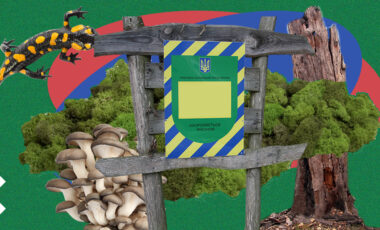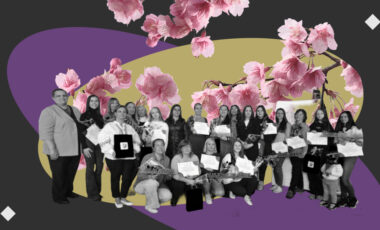Solutions to win: Zhytomyr library creates 30 camouflage nets monthly for soldiers with help from children and adults

Photo: Anzhelika Nesterchuk
At the Vasyl Zemliak Central City Library in Zhytomyr, children assist adults in making camouflage nets for Ukrainian defenders. Together, they create up to 30 nets each month.
Yuliia Kovshun, deputy director of the "LiTTerra" City public libraries, told Suspilne about this.
What is the problem?
A camouflage net is a camouflage coating. It is widely used for masking weapons, military equipment, and engineering structures against the background of terrain vegetation from various methods of enemy reconnaissance.
Grids are always necessary at the front and in large quantities. Unfortunately, since the beginning of the war until now, there has been a shortage of them. This is because current regulations do not account for the extensive length of the front, which stretches for hundreds of kilometers and includes numerous trenches, dangerous crossings, firing points, observation posts, and caponiers with various equipment (including many spare positions). Many battalions, brigades, and hundreds of other units are scattered throughout the front. Additionally, there are numerous locations where equipment and weapons are grouped.
A camouflage net can save your life because it keeps the enemy from seeing your exact movements, even if they know your location. Their attack can only target visible areas, so the net protects by preventing them from striking everywhere at once.
The grid enables you to maneuver and reposition in a way that leaves the enemy guessing about the current location of the military, weapons, and equipment.
The grid makes it possible to move between positions with a much lower risk of coming under sniper fire. A sniper shoots only what he sees.
What is the solution?
Children in the Vasyl Zemliak Central City Library help adults weave camouflage nets. They weave up to 30 nets every month.
How does it work?
According to Kovshun, the library workers from the first days of the full-scale invasion were the initiators of weaving camouflage nets. Later, children and library visitors joined in.
"It's been more than a year; not only we, library workers, but also our users, library visitors, have joined the weaving of nets. Every time they come to the library, they see this process that takes place at the entrance, and people actively join the weaving. Children who have learned this have also joined us. They are now actively helping us in this matter," says Yuliia Kovshun.
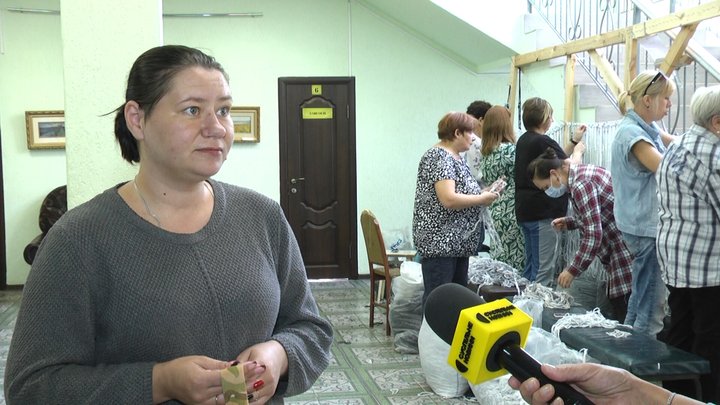
Photo: Anzhelika Nesterchuk
With the beginning of a full-scale war, Milana's family moved from the city of Irpin to Zhytomyr. The girl is a library reader. She says she joined the net-making girls to hasten the victory and return home.
"We weave these nets so that our troops can win this war and so that the Russians do not destroy our equipment. The net is important for the protection of the equipment. We do this to quickly return to Irpin and go to our school to see our friends again," says Milana.
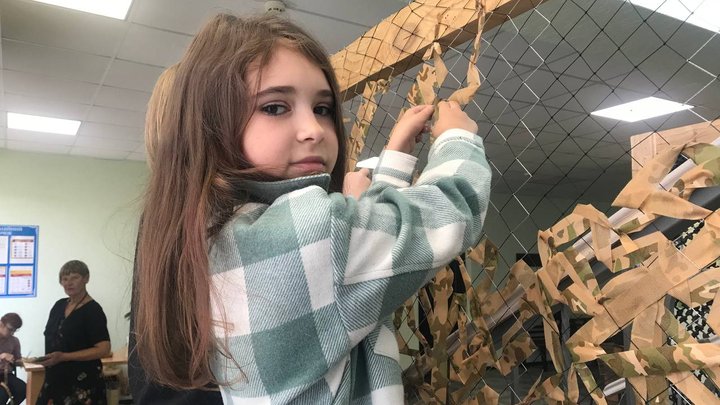
Photo: Anzhelika Nesterchuk
According to Taisia, a migrant from Kharkiv, in her free time from studying, she comes to the library and helps weave camouflage nets.
"I'm looking forward to the victory. The librarians told me that you can come and join the weaving. And I've already come here several times and weaved nets," said Taisia.

Photo: Anzhelika Nesterchuk
"I started weaving nets in June and continue to do it until today. I don't want enemy planes to fly over Ukraine, and I believe our defenders will return home alive," says library reader Eva.

Photo: Anzhelika Nesterchuk
Oleksandra from Zhytomyr has been weaving nets for two months. She says that she is glad that her mother also joined this work.
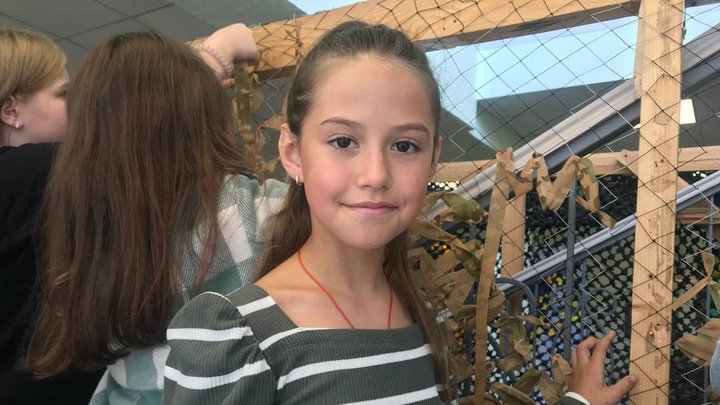
Photo: Anzhelika Nesterchuk
"My daughter used to come to the library to get books to read and said she used to knit nets. She became interested. Every day, she came here as if to work, chose books for herself, and helped the girls knit nets. Then I also joined this initiative, as I am currently on vacation and have the opportunity to allocate time," says Oleksandra's mother, Iryna.
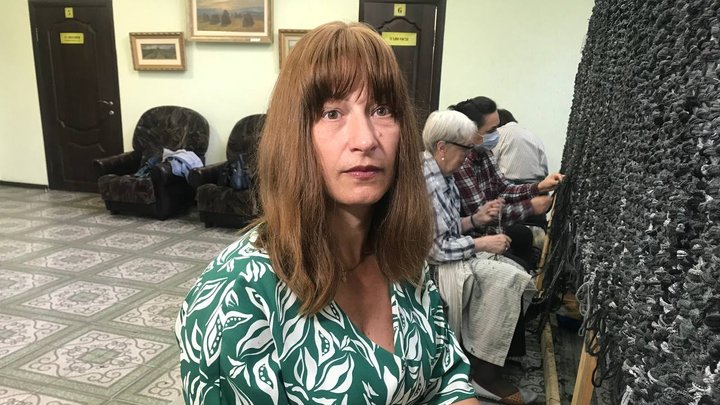
Photo: Anzhelika Nesterchuk
For reference:
It should be noted that Mykolaiv volunteers deployed a camouflage net in Kyiv, which was recognized as the largest in Ukraine.
Rubryka also wrote that the volunteer community "Knitted Things for Soldiers" has been knitting warm clothes for the front and in the hospital since August 2014. During this time, more than 2,600 craftsmen from all over the world tied and handed over 23,000 warm socks, hats, balaclavas, gloves, and belts to the defenders of Ukraine.
Last winter, knitted items were sent to the front not only from all over Ukraine but also from the USA, Georgia, Poland, and the Baltic countries.





































